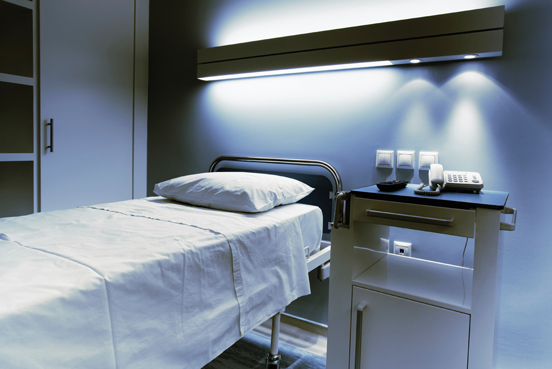MEDICAL & HEALTHCARE

With unacceptably high numbers of affected patients and annual costs reaching into several billions of dollars, healthcare-associated infections are of major concern to us all. According to the World Health Organization, hundreds of millions of patients suffer healthcare-associated infections worldwide each year, leading to significant mortality and financial losses for health systems.
Micro-organisms, including bacteria and fungi, are all around us. Especially in healthcare and medical facilities, such organisms are widespread. Hands of carers are in frequent contact with all kinds of surfaces and equipment, playing an important role in the transmission of pathogens.


When freshly manufactured, material and equipment surfaces are smooth and clean. However, when used on a regular basis in hospitals or healthcare facilities, plastic articles start to show general wear and scratches can build up over their service life. Think about wash basins, bed pans, hospital beds, trays, chairs, toilet seats, handles, and a plethora of other plastic items that may be present in our healthcare facilities. Once bacteria and fungi establish themselves on such surfaces, they can be difficult to remove and may even survive harsh cleaning and disinfection procedures. When these plastic articles are used again, those remaining organisms can proliferate and be transferred from one place to the other, simply by human touch, leading to cross-contamination or even illness.
In order to limit such spread of micro-organisms, an antimicrobial technology may be introduced to the plastic articles which can strongly reduce the level of micro-organisms on the surface. This can result in cleaner materials and equipment, and a lower probability of transfer by human hand.

SANAFOR® offers a permanent, built-in barrier to effectively control the growth of harmful micro-organisms on material surfaces. Materials containing SANAFOR® have been extensively tested using international standard methods and have been proven to reduce the overall level of both Gram positive and Gram negative bacteria on surfaces by up to 99.9999%. Also, fungal kill rates approaching 100% have been achieved using standardized test methods.
